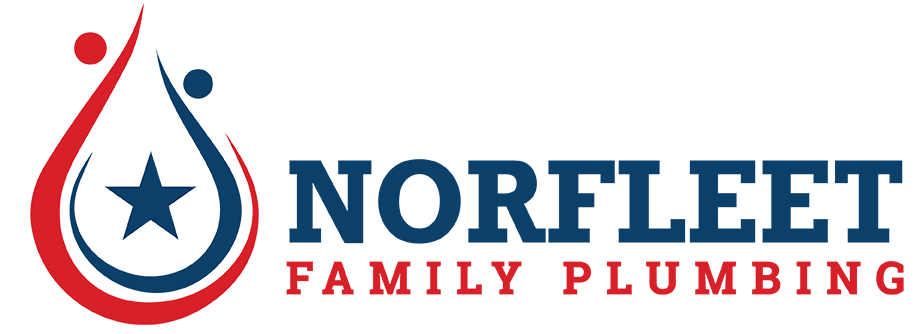Can High Water Pressure Damage A Plumbing System?
High water pressure makes for cozy showers and looser muscles, but it costs you in the long term. The most suitable water pressure for a residence is between 40 and 60 pounds per square inch (PSI). The reasons for high water pressure differ case by case. Some homes may experience a heightened PSI when living at the bottom of a hill. Gravity often causes valley-dwellers to experience higher water pressure than those higher up the mountain. Thermal expansion, or the tendency of things to change shape or volume due to temperature changes, is another solid reason for weird water pressure at home. High temperatures in plumbing might cause valve or pipe expansions pushing more water to flow from a showerhead.
If the city provides water to large buildings or fire hydrants nearby, communities may also see increased pressures within their homes. A test to determine the PSI of a home’s water pressure is easy. What to do when the water pressure is too high is even simpler. Continue reading as we describe the consequences of increased pressure on plumbing, how to test PSI, and a simple fix for high water pressure.
Effects of high water pressure
High water pressure may not seem like a big deal, but high PSI causes extensive, expensive problems at home. Here are some of the many disadvantages:
Damaged and stressed pipes
Excessive and unnecessary water usage
Leaks in the plumbing system
Costly water bills
Shorter appliance lifespans
Potential floor or wall damage due to leaks
How to tell if water pressure is too high
The simplest way to know if you have high water pressure is by observing how the water is coming out. You can usually spot unusually high water pressure by running the tap or shower and feeling an extreme water flow. Banging coming from pipes and leaky faucets are also hints of a pressure issue. While observing is not scientific, it gives an indication.
Buy a pressure gauge test for a more definitive answer. A pressure gauge costs less than $10 and attaches to the laundry hose outlet or any male-threaded faucet. You can usually find one near the water meter or water heater drain. A PSI of 80 or higher means it is time to seek lower water pressure. Test a few days in a row to get the best gauge, as water pressure fluctuates day-to-day.
How to lower water pressure at home
Consider adding a pressure regulator to get household water to the proper levels. A water pressure regulator is a valve that connects to your main water line to slow the flow of water entering. If you already have a regulator in place, but the PSI is over the recommended levels, it likely needs repairing or replacement. Though a water pressure regulator runs between $275 and $400 for installation, the long-term benefits on pipes and home appliances allow a homeowner to recoup that cost quickly. Another financial upside is no longer wasting money on water or plumbing leaks each year.
With proper water regulation, you can add to the lifespan of your plumbing system, keep a safe and robust water flow, and stop paying for unnecessary or excessive water usage. The only setback is the initial installation, but the benefits outweigh the disadvantages of damage, stressed pipes, and costly water bills. Best of all, you don’t have to give up great showers.
Contact your local plumbing services for assistance if you think you have unusually high water pressure.
If you need a licensed, bonded, experienced professional for plumbing, sewer camera inspection, or water heater installation, and water heater repair in Chandler, Gilbert, Mesa, Queen Creek, Ahwatukee or San Tan Valley call Norfleet Family Plumbing Heating and Air at 480-681-1764.

